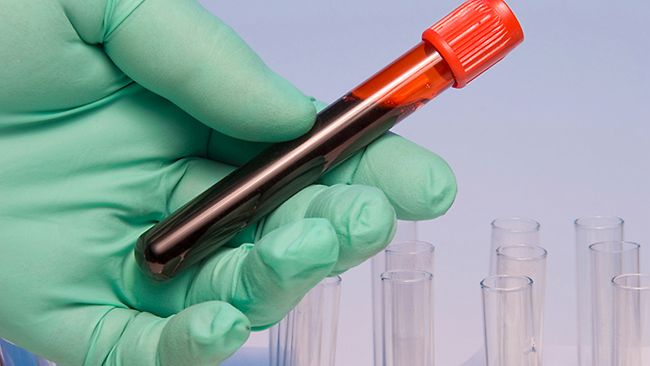A common question that I’m asked is “How do I know if I’m deficient in vitamin D?”
The only sure way to find this out is to get your vitamin D levels tested.
A medical laboratory blood test 25(OH)D (also called 25-hydroxyvitamin D) is accepted to be the best test of overall D status in the body. 25(OH)D levels are most strongly associated with overall health. There are several types of vitamin D tests, so make sure you specify that the 25(OH)D test is the one you’d like to use. The test is quick and involves a small sample of blood to be drawn from the arm with a syringe.
Getting your 25(OH)D levels tested is pretty straight forward. Interpreting your results is a bit trickier. Optimal vitamin D levels are controversial.
- The Australian and New Zealand Bone and Mineral Society, Osteoporosis Australia, The Australasian College of Dermatologists and the Cancer Council Australia recommend that for healthier bones the level of vitamin D – 25-hydroxy vitamin D – should be over 75 nmol/l.
- The Vitamin D Council recommends much higher levels. Their research indicates that for proper health, serum vitamin D levels should be a minimum of 125 nmol/L, with optimal levels falling between 125-200 nmol/L.
- Other Vitamin D experts such as Dr Vieth also agree that optimal 25(OH)D levels should be higher than 100 nmol/L.
- In my opinion research shows that there are clear benefits in having 25(OH)D levels of at least 100 nmol/L. This is the level that I’d recommend
Note: To convert your test results in nmol/L into ng/ml divide by 2.5 – i.e. 100 nmol/L = 40 ng/ml
To further answer the question – it’s quite likely that you are vitamin D deficient.
While the optimal vitamin D levels in the body are controversial it is very clear that there are epidemic levels of vitamin D deficiency.
Green and colleagues (2004) showed that 31% of New Zealand children aged 5–14 years whose bloods were sampled in 2002 had a serum 25(OH)D concentration indicative of vitamin D insufficiency.For adolescents, at or above 15 years and adults a staggering 28% were defined as vitamin D deficient. Note that deficiency was defined as lower than a mere 37.5 nmol/L in these studies!
Several studies in Australia and New Zealand have shown high rates of deficiency in the older population with restricted access to sunlight, many of whom live in institutions. Estimates of deficiency range up to 50% in Australia (Flicker et al. 2003, Inderjeeth et al. 2000). Similar levels were reported in NZ by Ley et al in 1999. Keep in mind that the researchers used a low benchmark of <37.5 nmol/L to define deficiency so the problem is much worse than the research shows.
Bottom line is that vitamin D deficiency is rampant in our community. Vitamin D levels are especially concerning in the 70yr+ population
In future articles, I’ll be going through vitamin D recommendations and dosages to combat deficiencies


Great article! I’m so grateful to be informed! You are changing lives and I love your intention. Keep up the great work!